Deep vs Shallow Seed Trays: Best Choice for Your Crops
2025-09-30 19:53:51
In modern gardening and farming, seed trays have become indispensable for ensuring successful germination and strong seedling growth. Choosing between deep seed trays and shallow seed trays is not a minor decision—it directly affects plant health, transplant efficiency, and overall productivity.
At both the start and end of this guide, it is important to emphasize that seed trays are essential tools for efficient crop cultivation. Working with a China manufacturer offering bulk supply helps growers secure durable products at competitive prices while avoiding reliance on more costly alternatives.
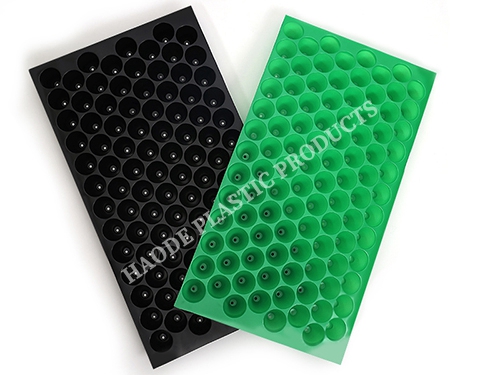
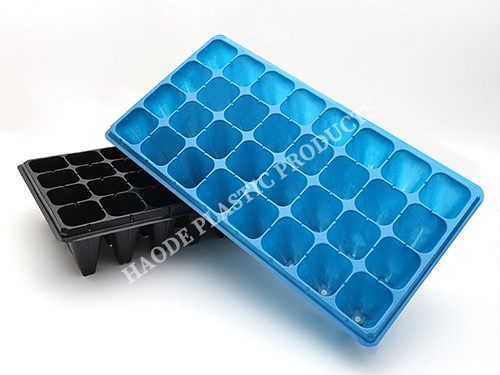
What Exactly Are Seed Trays?
Seed trays are specially designed containers used to start seeds in controlled environments. They provide consistent depth, drainage, and aeration, making them superior to improvised containers. Depending on crop type and growth duration, growers typically choose between deep and shallow models.
Common materials include biodegradable fiber, reusable polymer, and recycled plastic. Each option caters to sustainability goals as well as different growing strategies.
Deep Seed Trays
Characteristics
·Depth of 7–10 cm or more.
·Larger soil volume per cell.
·Supports vertical root expansion.
Benefits
1.Stronger Root Development: Encourages roots to grow deep, reducing circling and ensuring stability after transplant.
2.Extended Nursery Phase: Crops can stay longer before being moved to the field.
3.Better Moisture Balance: Higher soil capacity retains water longer, reducing frequent irrigation needs.
Ideal Uses
·Vegetables like tomatoes, cucumbers, and peppers.
·Fruit and tree seedlings requiring well-established roots before transplanting.
Shallow Seed Trays
Characteristics
·Depth of around 3–5 cm.
·Reduced soil capacity per cell.
·Lightweight and compact.
Benefits
1.Space Efficiency: Maximizes greenhouse or indoor space by holding more seedlings in less area.
2.Faster Crop Cycles: Perfect for quick-turnover plants with short nursery stages.
3.Reduced Soil Costs: Requires less growing medium per tray, lowering input costs.
Ideal Uses
·Leafy greens like spinach, lettuce, and kale.
·Herbs and microgreens.
·Seasonal flowers with shallow root systems.
Choosing the Right Option
When deciding between deep and shallow trays, consider:
·Root Depth: Deep trays for deep-rooted crops, shallow trays for light-rooted species.
·Nursery Duration: Long-term seedlings thrive in deep trays; short-cycle plants perform best in shallow ones.
·Available Space: Shallow trays suit compact spaces, while deep trays provide stability in larger operations.
·Water Management: Deep trays reduce watering frequency, while shallow trays need lighter but more frequent irrigation.
Why Source from China Manufacturers?
Collaborating with a China factory that offers bulk supply provides clear benefits:
·Consistent Manufacturing Quality: Production aligns with international standards.
·Competitive Pricing: Bulk procurement lowers unit costs significantly.
·Customizable Options: Tray depth, cell size, and material can be adapted to specific crop needs.
·Stable Supply: Large-scale production supports timely delivery for continuous planting cycles.
Practical Scenarios
·Commercial Farms: A combination of deep and shallow trays optimizes yield across crop varieties.
·Urban Agriculture: Shallow trays work best in compact vertical farming setups.
·Tree Nurseries: Deep trays help saplings establish strong roots before field planting.
·Education and Community Gardens: Both tray types are useful for demonstrating crop-specific needs.
Conclusion
Both deep seed trays and shallow seed trays play critical roles in successful seedling production. Deep trays are ideal for crops with long nursery periods and strong root demands, while shallow trays excel in rapid cycles and space-limited conditions.
Partnering with a China manufacturer offering bulk supply ensures growers can access high-quality, affordable, and customizable seed trays without relying on overpriced competitors.
Ultimately, seed trays are more than just containers—they are vital tools that determine the efficiency, sustainability, and success of your gardening or farming practices.
References
GB/T 7714:Papadopoulos A M. State of the art in thermal insulation materials and aims for future developments[J]. Energy and buildings, 2005, 37(1): 77-86.
MLA:Papadopoulos, Agis M. "State of the art in thermal insulation materials and aims for future developments." Energy and buildings 37.1 (2005): 77-86.
APA:Papadopoulos, A. M. (2005). State of the art in thermal insulation materials and aims for future developments. Energy and buildings, 37(1), 77-86.
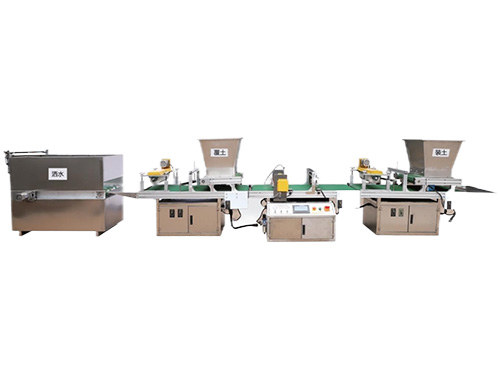
It adopts electrical integration and can be started by pressing the fully automatic button ...
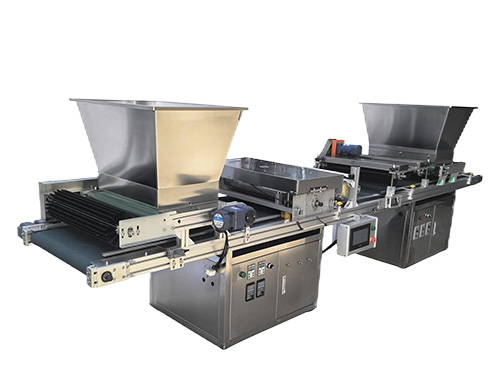
The XP750 seeder has stable performance, excellent product quality, simple and convenient o...
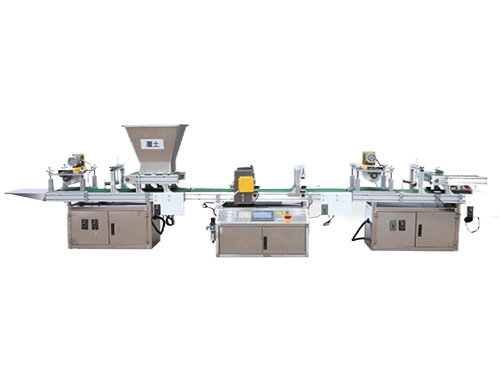
It adopts electrical integration and can be started by pressing the fully automatic button ...
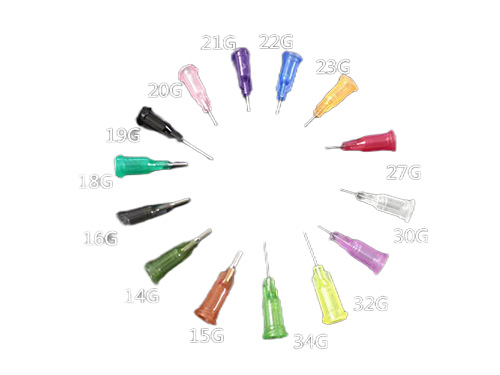
Needle list Seed nozzle model Different models Sowing types are different...



